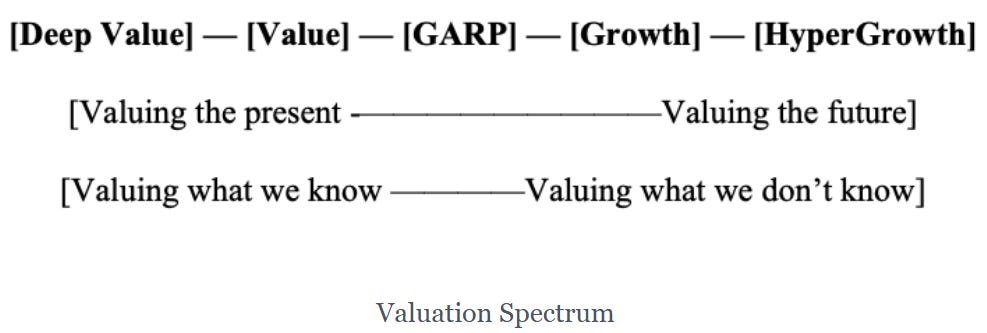Deep Value 101: Important And Knowable
The most reliable way to outperform the market
In Part 1 of this article, we tried to buy Jimmy’s lemonade stand:
Be sure you’ve seen it before going further:
Your friend Jimmy owns a lemonade stand.
It’s a nice stand, you think.
It’s fully equipped with a built-in lemon storage, a large water container that keeps the water cold all day (thanks to a set of tiny solar panels on the wooden roof above your head), plus the newest Squeezz™ lemon squeezer, the one with the chrome handle, and that satisfying clunk when you press it down.
You remember seeing this exact lemonade stand in a Lemonz-Ware Co. store two months ago while window-shopping at your local mall.
Brand new, it goes for $800, with a 10-year guarantee included.
Jimmy desperately needs cash to cover a margin call from shorting Bitcoin on 3x leverage, and he wants to sell it to you.
The price is $300.
You ask how much money the stand makes, and he honestly replies:
“It brings in about $200 a year after costs.”
So you start doing the math.
Jimmy’s business had real assets, it made real cash, and was offered at a price that practically made the decision for us.
However, we started overthinking it.
Macro this, Fed that, lemon elasticity, and cousin Fred’s charts from 2004 above all…
In the end, we passed on a really great deal, because we focused on the wrong things.
“Don’t overlook the obvious by drowning in minutiae”
Poor Charlie’s Almanac by Charlie Munger

If it was such a no-brainer, why didn’t we act?
Important, and Knowable
There’s this one mental framework I like coming back to, from time to time.
It basically divides everything in the world into four boxes:
Important and Knowable
Important and Unknowable
Not Important and Knowable
Not Important and Unknowable
I regularly see a ton of investors get caught up in stuff like:
What if rates rise again?
What if China bans exports?
What if the next earnings call goes bad?
What if the market doesn’t realize how cheap this is for another year?
Important? Of course.
Knowable? Not really.
Or worse, they spend their precious time studying the knowable, but irrelevant:
The CEO once interned under Steve Jobs.
Their customer retention rate is 94%, which is 2 points higher than Shopify.
Their investor deck says they’re targeting a TAM of $48 billion by 2030.
Cool, but… how much are any of these things actually worth to you as an investor?
What do you get for the price you’re paying?
Sure, knowing a founder has built and sold three businesses from scratch for a combined $800M definitely says something.
That’s pretty useful to know - he’s probably got some talent.
But stuff like where he went to college?
Harvard, UCLA, University of Hard Knocks, whatever. You can find brilliant people in all of them, and you can also find total clowns.
If you make calls based on that stuff, you’re not investing, but speculating.
The industry will do well.
Even die-hard value investors fall into the same trap sometimes:
You want to own data centers and towers. AI needs compute and storage.
Oil demand will peak in 2030, but supply will fall faster. That’s bullish.
Defense spending in Europe is only going up from here.
GLP-1 drugs will redefine healthcare economics.
For every stock that actually goes up because of one of these big trends, there are 5 others with the same story that go absolutely nowhere.
If you happen to buy the one that goes up +150%, does that make you right?
Does that make you a good investor, or a lucky investor?
Betting on a big trend is not necessarily anything bad or stupid, but before you pull the trigger, always make sure to honestly answer these questions:
How do you really know the industry will boom?
What hard proof do you have, and is it strong enough to lean on?
Have you run through the ways you might be wrong?
And why exactly is your stock the one to make the most money out of them all?


